Comparing Bonds
By infantpipoc 0 Comments
Double feature: GoldenEye and From Russia With Love
With an episode of Abnormal Mapping proper basically became Jame Bond podcast, it’s high time for me to dig up this idea I had back when the film franchise celebrated its sixtieth anniversary. After all, not only had yours truly watched all 25 films of said franchise but also read everything Ian Fleming wrote regarding the fictional British imperial agent while one of the AM duo had not read Fleming at all. Or they would not have made the mistake of thinking Fleming are into “old man SPA” here. Apology in advance for the C-bombs below. Some time, “appropriate” language just does not cut it. Or maybe thinking about an Irishman made one swear like an Irishman.
2024 contains more than one anniversary for the James Bond franchise. One being the death of character creator Ian Fleming on August the twelfth. Happy sixtieth year being dead, you old c***. Another being Goldfinger’s UK opening in September, and fuck that overrated piece of shit for fouling up the formula. To celebrate those, allow me to write about 2 Bond flicks that I do like.
I don’t suppose anyone excepts the line “The name is Bond, James Bond.” to be heard in cinemas for almost six decades. Though whether the franchise would really outlive the regime of Queen Elizabeth the Second is still unknown now in early 2024. But the marks the franchise made in its unbelievable 59 years run are undeniable, so in the order of me watching the two, let’s start with the relatively recent one.
A gold mine for interactive media
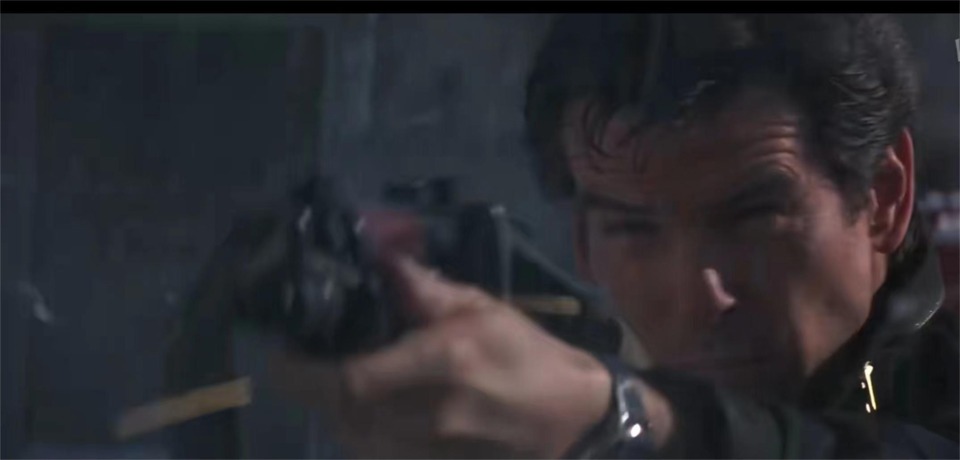
A screenshot of 1995’s GoldenEye, featuring Pierce Brosnan as James Bond firing a machine gun into a crowd of enemy combatants.
Like how James Bond is usually ordered to chase down someone in the films, the film franchise itself finds success in chasing cinematic trends throughout the decades. The Connery era would not have that many installments if the people behind them had not nailed mimicking North By Northwest. For the same reason, the franchise did struggle in the 1980s, after Cobra and Commando turned body-count of action cinema to sky high, Moore and Dalton simply looked like pussycats in comparison.
So, when it comes to a hard but not that hard reboot for the post-Cold War world, GoldenEye did make some changes. If actual love interest Bond Girl cannot shake the archetype of damsel in distress, the least that move did is turning her first on-screen distress into a legit stun she has to get through on her own. Then of course there is the blood in Bond’s hand. “Bad ass spy commando” just does not look so badass if he does not kill by dozen since the 1980s no matter how much swash he buckles. So, pick up a machine gun and mold down some fools, Mr. Bond. No, no, the girl can get out on her own, you weren’t there when she was first in trouble after all.
The ironic thing is, this successful imitator actually inspired things in a younger and dumber media form known as “video game” by first being adapted into a beloved classic on Nintendo 64. I haven’t played this one myself, nor that “Call of Duty clone” starring Daniel Craig. But I did play Perfect Dark when it was re-released on Xbox 360 and the Bond DNA is obvious there.
I wanted to focus on 2 series starting with the letter M. Seeing No Time to Die’s Metal Gear Solid and Mass Effect references made me cry “Oh, how the mighty had fallen”, for those 2 series started by ripping off GoldenEye with absolutely no shame. Guess M decided to pull out the stick up his or her arse and go to town on Bond by 2021 for such “theft”. I would try to limit the talk to 1998’s Metal Gear Solid, 2001’s Metal Gear Solid 2 Sons of Liberty, 2007’s Mass Effect and Mass Effect tie-in novel subtitled Revelations also of 2007. But reference to other installments of those 2 series might bleed through.
The big picture of “cop” versus “robber”
“Take one to catch one” is an old plot trope. In cinema, there was Alfred Hitchcock’s To Catch A Thief by 1955. (Don’t ask me why I kept think about Hitchcock flick starring Cary Grant. You might as well dig up Al Hitchcock and ask him why he kept giving the late Grant swashbuckling gigs.). So, authorized agent versus rouge agent was not that new when GoldenEye came out. Quite an example to point to regarding video game’s immaturity, heh?
Still, Solid versus Liquid in 1998’s MGS and Shepard versus Saren in the original Mass Effect would both remind yours truly of GoldenEye, with a single flaw: Neither Liquid Snake nor Saren Arterius talks as smooth as Sean Bean playing Alec “006” Trevelyan. While Bean is famous for on-screen death in almost everything he is in, this movie killed him twice for the price of one by turning down the fall damage. Regarding the game titled GoldenEye Reloaded, Craig as Bond was already a replacement of a placement while that bloke replacing. Bean got the real short end of the stick.
Or maybe it’s the different ways those 3 handled the “cop versus robber” set-up: GoldenEye is a global trotting adventure; MGS mimicked Die Hard; Mass Effect is a spacefaring role-playing game where such set-up can be ignored for the most part. The 2 games also took different cues from the film.
MGS, the series as a whole not just its 1998 installment, has the habit of concealing the identity of the final bosses, much like how Bean steps out of the shadow twice in the film. Even in Snake Eater and Guns of Patriots where player knows who the final bosses are, the “what’s their deal?” mystery is pure GoldenEye.
Bioware RPG certainly cannot do the Bond film like escort mission, so the whole damsel in distress thing had to be cut out of the game and given to the tie-in prequel novel. And boy didn’t Revelations have a field day mimicking Aliens with that top-secret base getting raided bit. I am looking at you c****s, Blizzard and Bungie. Why did you start the trend of modeling science fictional military adventure after James Camreon’s gambit.
Details matter
It was bit fucking rich for the Konami Digital Entertainment employees worked on MGS 2 patting themselves on the back regarding making Solid Snake and Raiden keep the muzzles down when their firearms are in stand-by. Yes, their fearless leader Hideo Kojima brought in a consonant to correct that wrong impression of muzzle up the Brosnan Bond flick gave to the public. But this same fearless leader cut a lot of corners when it came to stunt pulling. There is the argument of making the stunt puller Solid Snake more mythic to be made, still Kojima is not the detail focused genius you all think he is.
The stunts in MGS2 I referred to is the bungie jump from George Washinton Bridge into the tanker during the opening credits and the dive after Metal Gear Ray just before the “No, for me” answering to “For the Patriots, Jack?” final boss fight. In typical Kojima fashion, he took something that were only 10 minutes apart from each other in something else and put a whole game between them. In GoldenEye, Bond bungie jumps into the Soviet facility and dive after the runaway plane, both before that Tina Turner song kicks in. While we never see how Solid Snake ties his cord, we can see Bond rushing in with the cord, securing it then dive. Bond even has a grappling hook to stick the landing while Snake’s acrobatic insanity has making into Terminator territory since focus is not Kojima’s strong suit. When Brosnan certainly showed his acting chop pretending to pull that plane up, Kojima did not show us jack shit regarding Solid Snake putting a tracker on the Liquid piloting Metal Gear Ray.
But I got to hand it to the man when it comes to Japanese voice casting. Probably realized that Akio Otsuka, the Japanese voice of Solid Snake, is the closest he got to a Sean Bean sound-like, while the actual Sean Bean sound-like such as Joji Nakata and Sho Hayami are likely on the side of “Hideo Kojima? Never heard of him.”, Kojima got cooking in MGS2 by double casted Otsuka as the unplayable for the most part Solid Snake and the game’s final boss Solidus Snake. A stunt unfortunately was not pulled in the English dub, for Solidus has a generic cartoon villain voice that one hears and simply goes “That’s not David Hayter doing Clint Eastwood.” English voice-over casting in video game simply did not appreciate a smooth talking villain maybe until Martin Sheen as Illusive Man in Mass Effect 2 and 3.
Into the world of espionage and assassination
From a film inspired a couple as far as I know to something inspired just one, I present to you all, From Russia with Love. No, not the PSP game, but the movie that would celebrate the sixtieth anniversary of its US release in May, 2024.
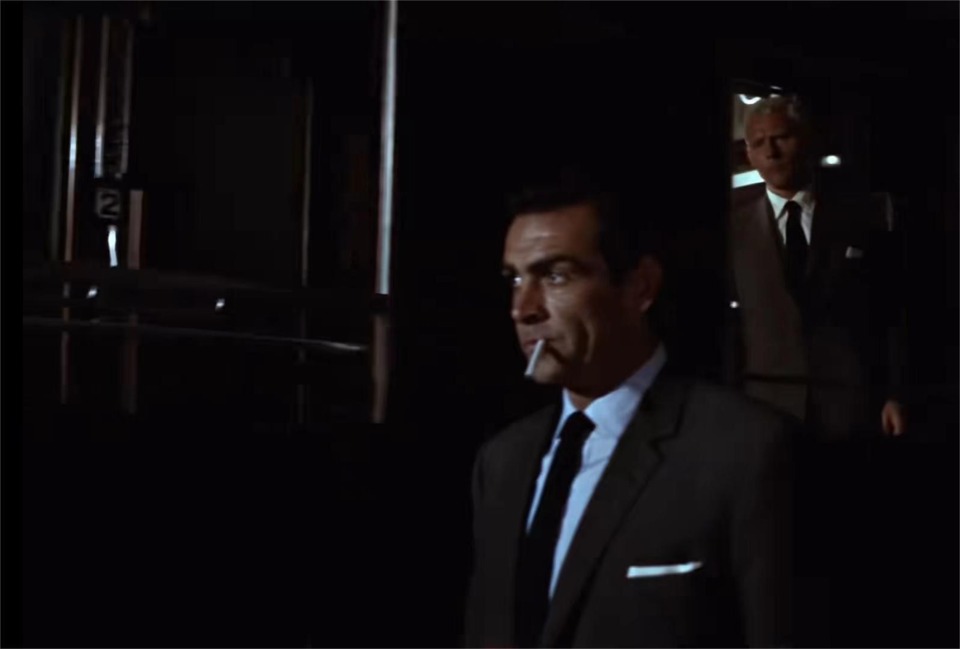
A screenshot of 1963’s From Russia With Love, featuring Sean Connery as James Bond in the front and Robert Shaw as SPECTRE assassin Donald Grant skulking in the back. Grant is tailing Bond here to learn the face-to-face passcode of MI6 agents in that neck of the woods, so he can er, intercept the MI6 agent in the next train station, impose as said MI6 agent and make contact with Bond. Surely, Opportunities in 2016’s Hitman soft reboot and Story Missions in its 2 sequels took cue from this.
Buckle up, this “history lesson” might take a while
As someone was born in the year of 1990, my younger self, between the age of 6 and 8 to be precious, would consider everything shot in Technicolor as “contempeorary”. Both my parents were into Bond films in mid to late 1990s, so I watched with them. The first one I saw through does star Sean Connery. Ah, You Only Live Twice, how you had cursed me with a fascination with Japan. Though I did not watch From Russia With Love until a much later date. I first saw GoldenEye when I was 9 by the way, still much earlier than when I saw the second Bond flick.
It was the autumn of 2012 when the hyper-train arrived at station Skyfall. And how the title of that film foreshadowed my overall thought of it: hyper was sky high and the reality fell short. With Tinker Tailor Soldier Spy starring Gary Oldman pushing for sad spy blues while Mission Impossible Ghost Protocol pursuing high tech high adventure in the year before, Skyfall well, falling firmly in the middle just did not do it for me. It’s the same stand I would take comparing 24 to Person of Interest and Strike Back on TV. And speak of Strike Back, it’s very fucking cute that Skyfall ends with an outgunned Bond playing deadly Home Alone while that British action drama had done the same twice before, in board day light rather than Roger Deakin’s night scene lighting experiment no less.
But I did not find out until later. For here in miHoYo’s country of origin, Skyfall could be seen clearly until early 2013, so I started to watch all the Bond films that were available, starting with From Russia With Love without knowing at the time that I started with a showstopper. This second Bond film starring Connery is a boiler-plate but ultimately very effective spy thriller before Goldfinger made the whole thing into silly cartoons.
Based on the novel with same title by Ian Fleming, From Russia With Love followed the book relatively closely except for one major factor: Russians are behind the plot in the book while SPECTRE is in the film. Legend has it, Fleming thought Cold War against Russians would lose its appeal in late 1950s and early 1960s, not to mention eyeing the growing Russian film market, thus he went with the idea of a third faction playing both side off. Funny the old liberal c*** would think that, given Russians, if you can the hivemind there that, were very much into the idea of film industry being a Theatre of Cold War back then. They started to make the Academy Award winning War and Peace (The ambition of which was only matched by Hollywood once with a bloody Kiwi in charge in late 1990s) after all.
Back on topic
While From Russia With Love is cinematically normal compared to later installments of the series, the villain’s plot is no less elaborate. SPECTRE intends to both character assassinate and actually assassinate James Bond while make some bucks out of it, so they find a low ranking Russian female intelligence officer (The titular From Russia With Love if you may) and the decoding device she operates with as bait then stage a murder-suicide and sell said decoding device back to Russians.
Much like Fleming’s novel, Bond talking to his fellow men is more interesting than his filtering with so-called Bond Girls. Pedro Armendariz as Ali Kerim Bey, the head of MI6’s Turkey Station, is the MVP of this movie and the book it’s based on. His death at Grant’s hands qualifies as gone too soon. While I agree with the homo-romantic statement made here, I just don’t think anything fruity is taking place, the man considers sex as “salt mine” even though he crusades for large family for crying out loud. Men simply have more topics to talk about to each other. Their lousy job with mere potential of excitement for starter. Food, though that topic is exclusive to the book. And God forbids women hearing the nasty things they say about women.
Then there is Robert Shaw as Donald Grant, a character clearly inspired the chrome domed Agent 47 rather than Bond. This one always wears gloves for wet work after all. In fact, if you cut the blond top off Shaw, he would just look like the titular Hitman in those games. Grant is interesting in another way in this film, he does not have a line until more than 80 minutes into this about 2 hours long movie. Yet his skulking and killing do not make him into silent gimmicks like Oddjob, Jaws or whoever Dave Batista played in 2015’s SPECTRE. In fact, I don’t think Bond had ever met a match like this one. The parallel seen between 2 in the screenshot above is something this series of “silly cartoon” would never achieve. Craig era flicks came close, but even then they never framed the shots like this.
Why didn’t I talk about the action you ask? Well, I watched North By Northwest as well. While the stunts are impressive in From Russia With Love, it did nothing new compared to 1959 Hitchcock picture. But it does have professional spies instead, and how those talk to each other is where things differ.

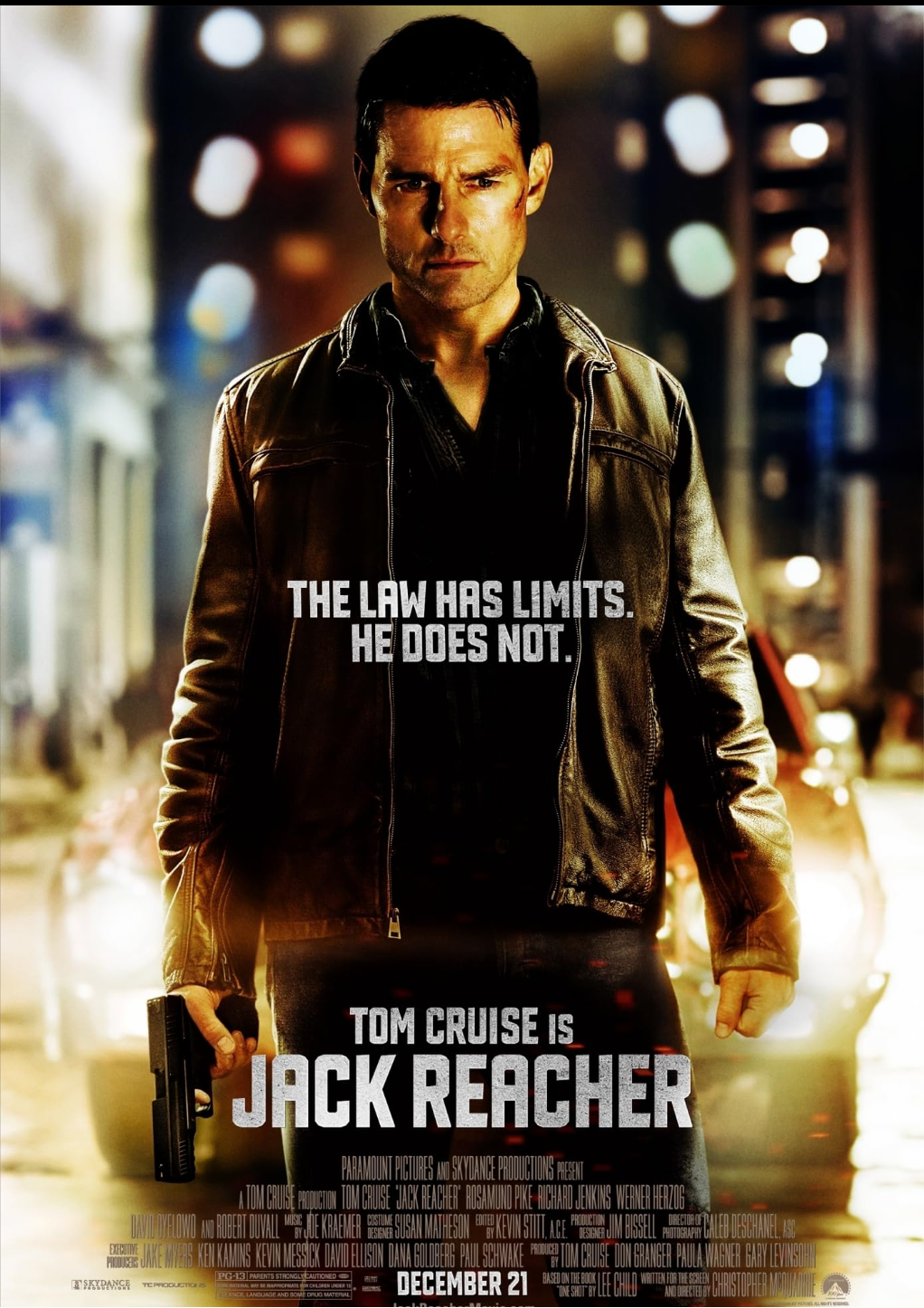

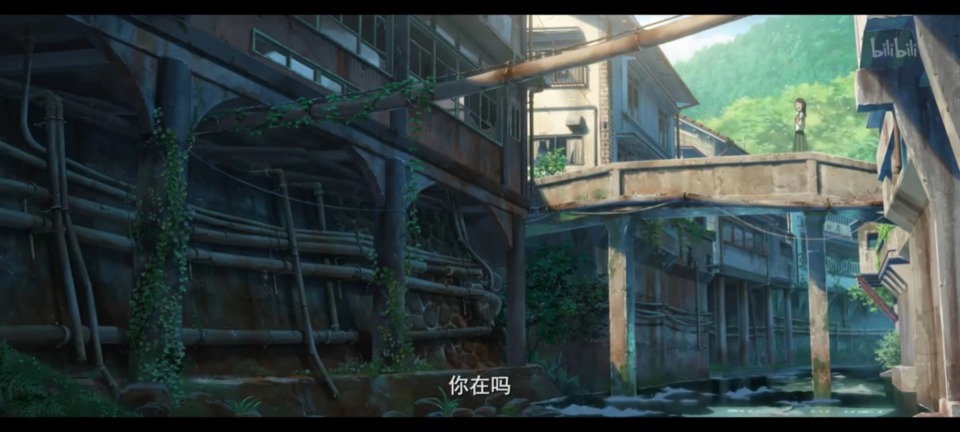
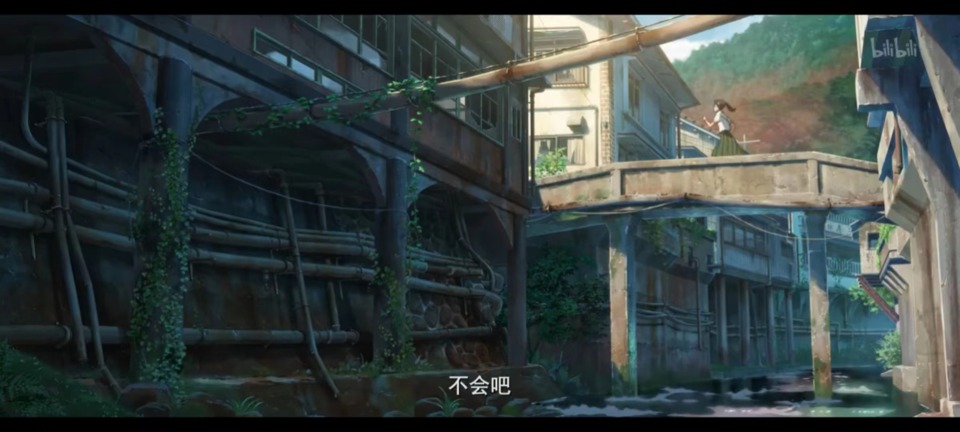
Log in to comment